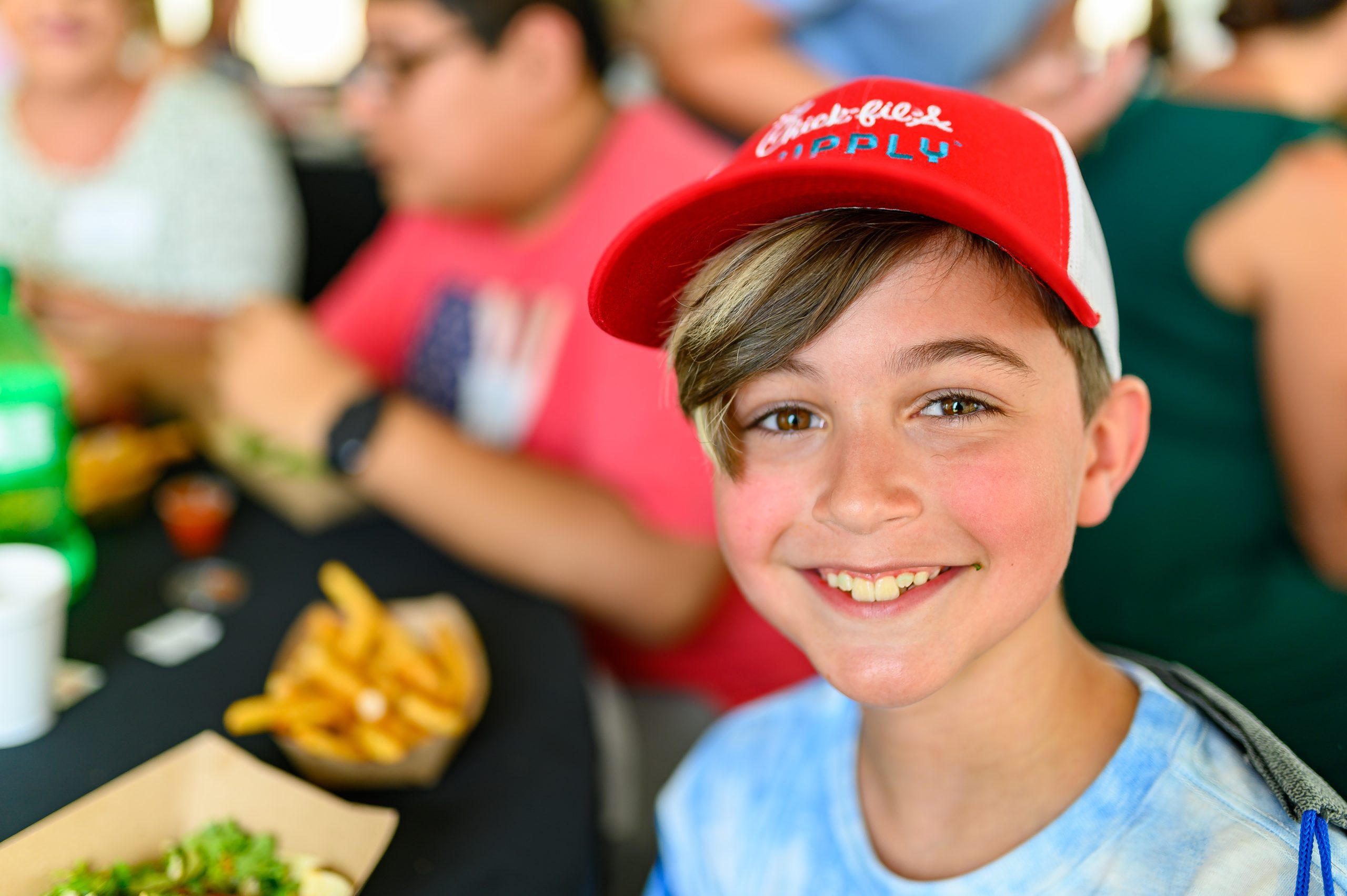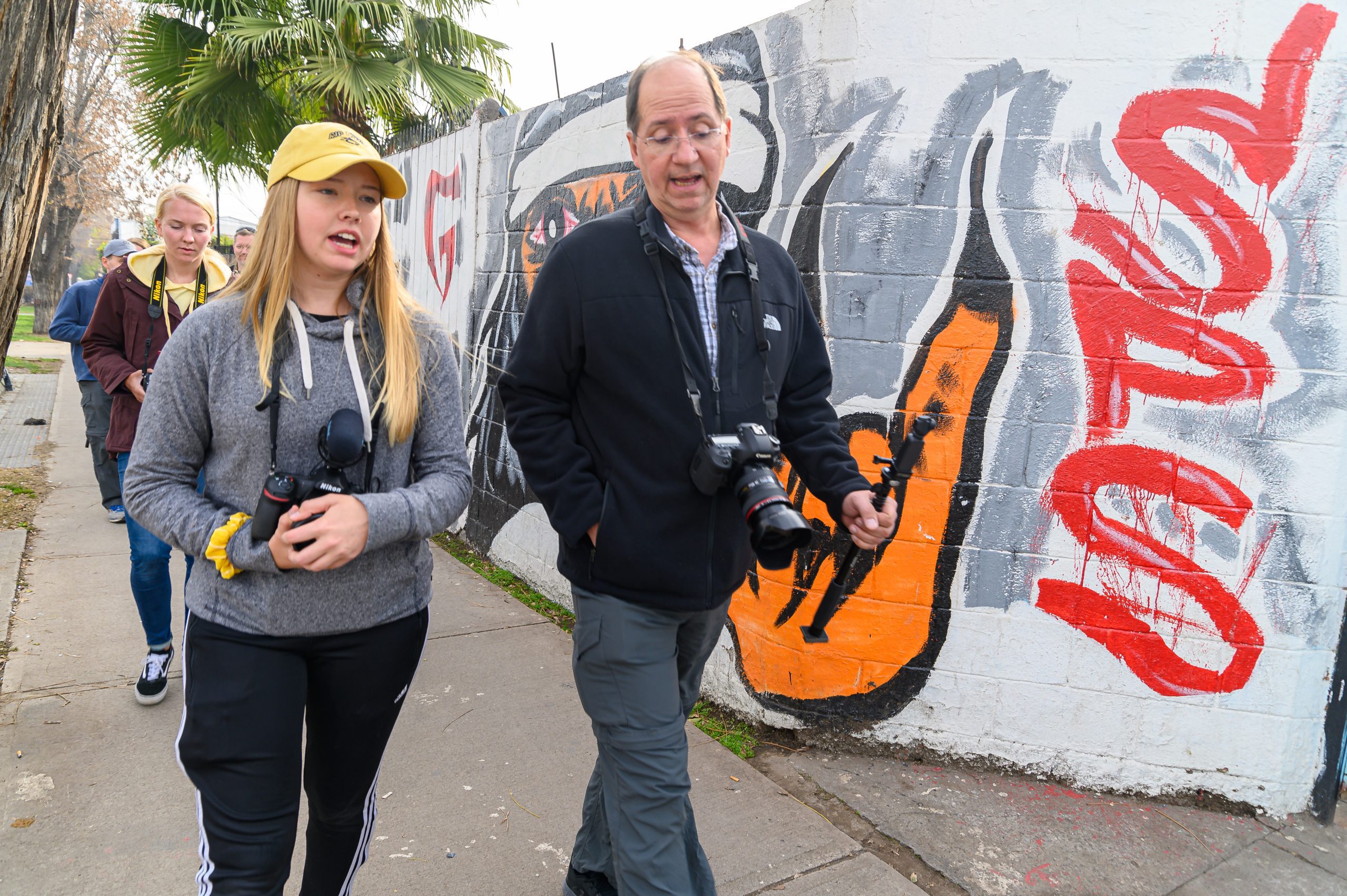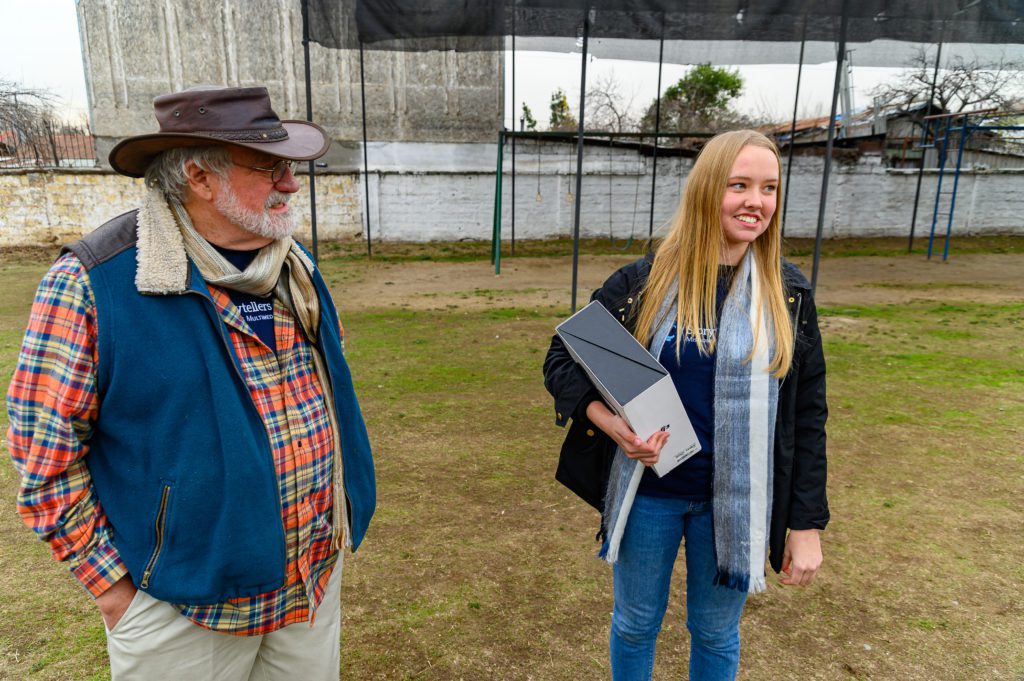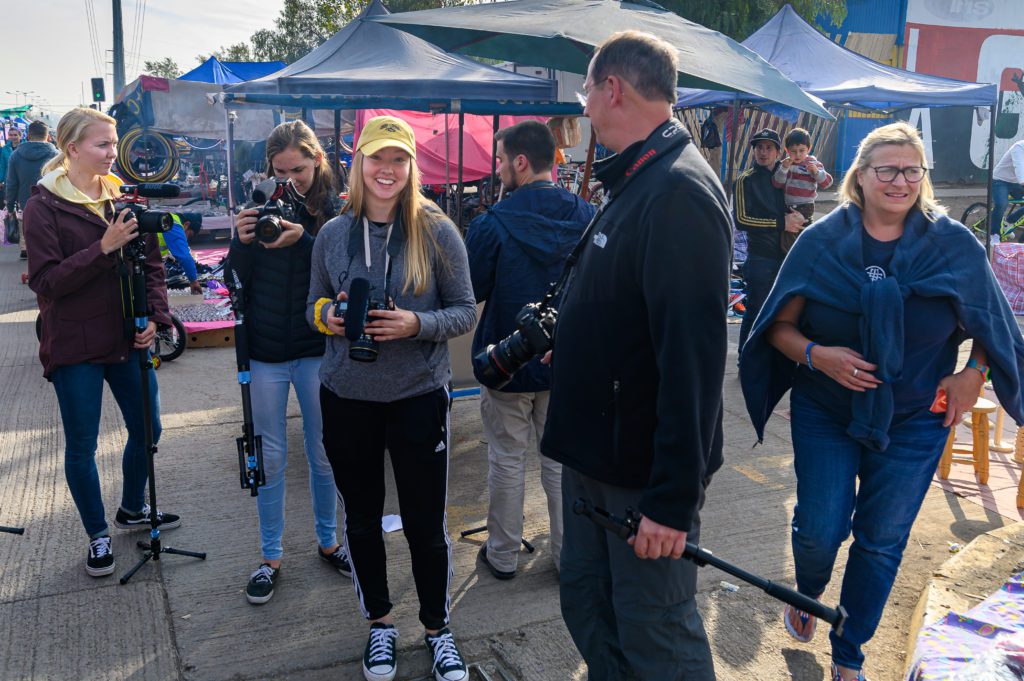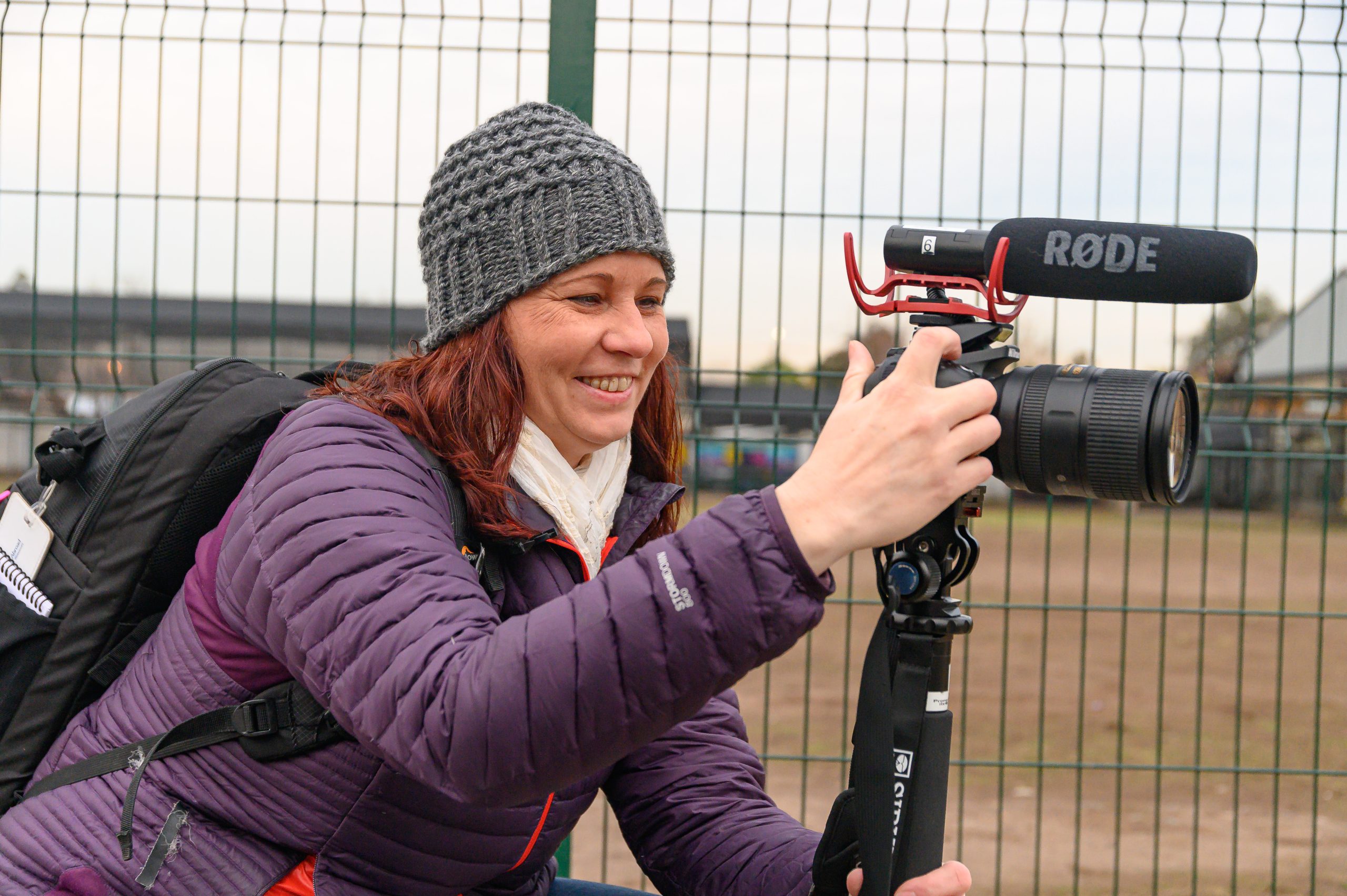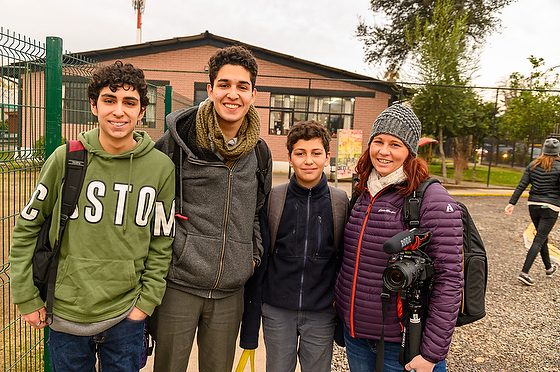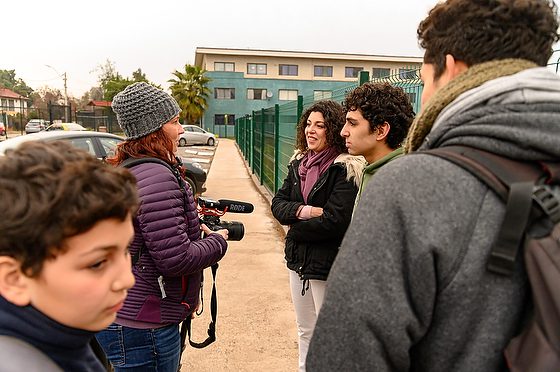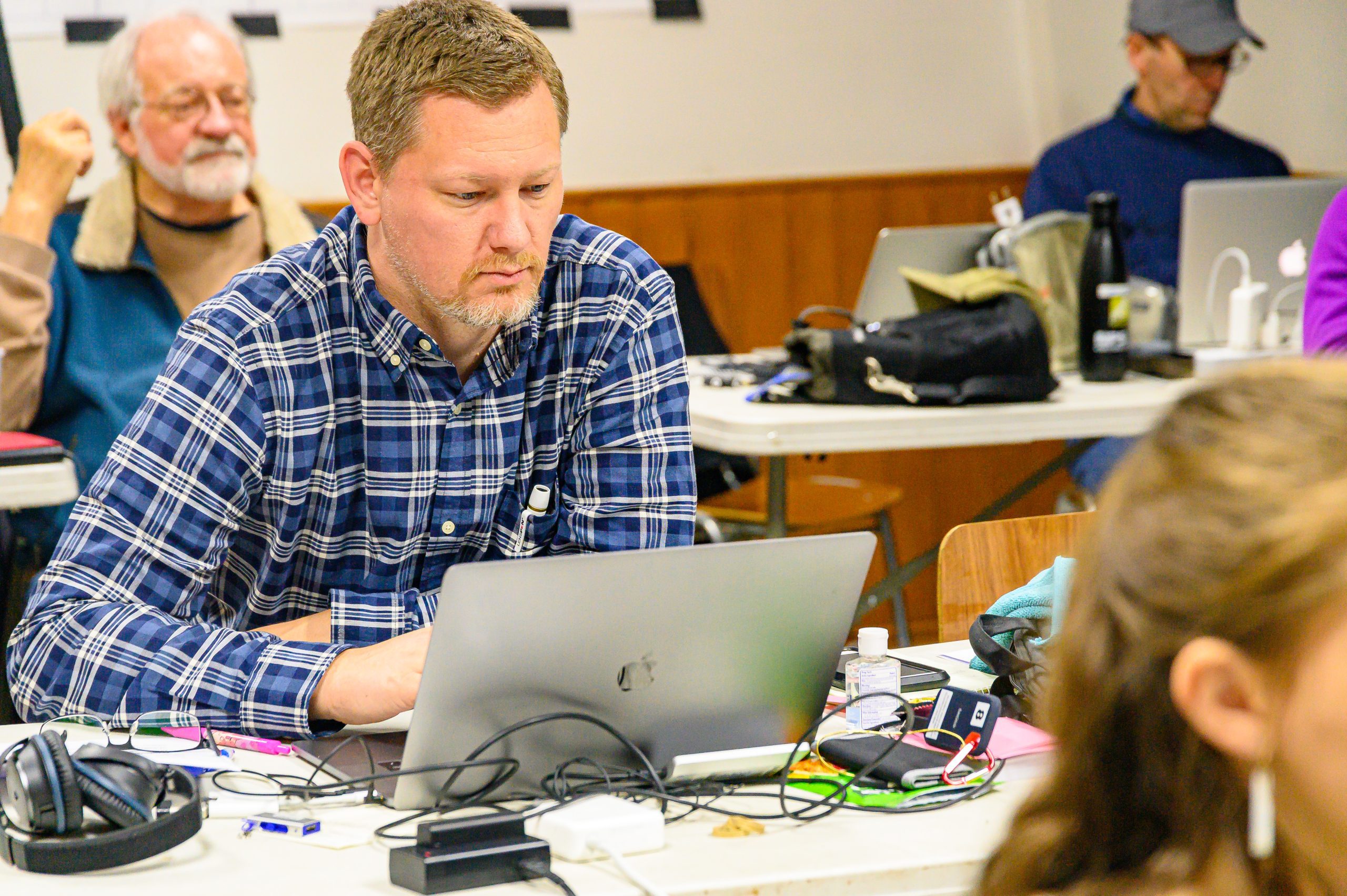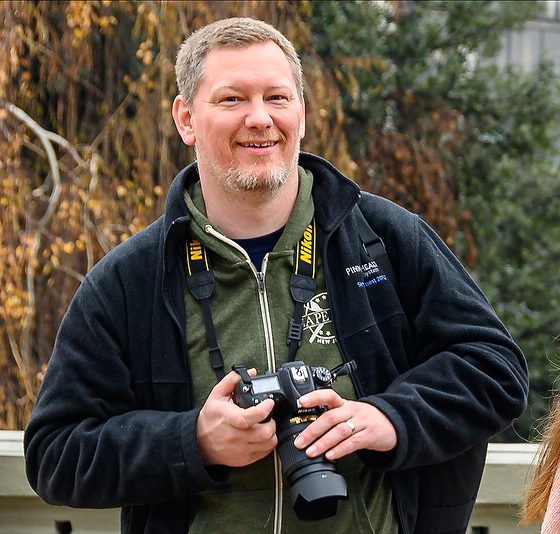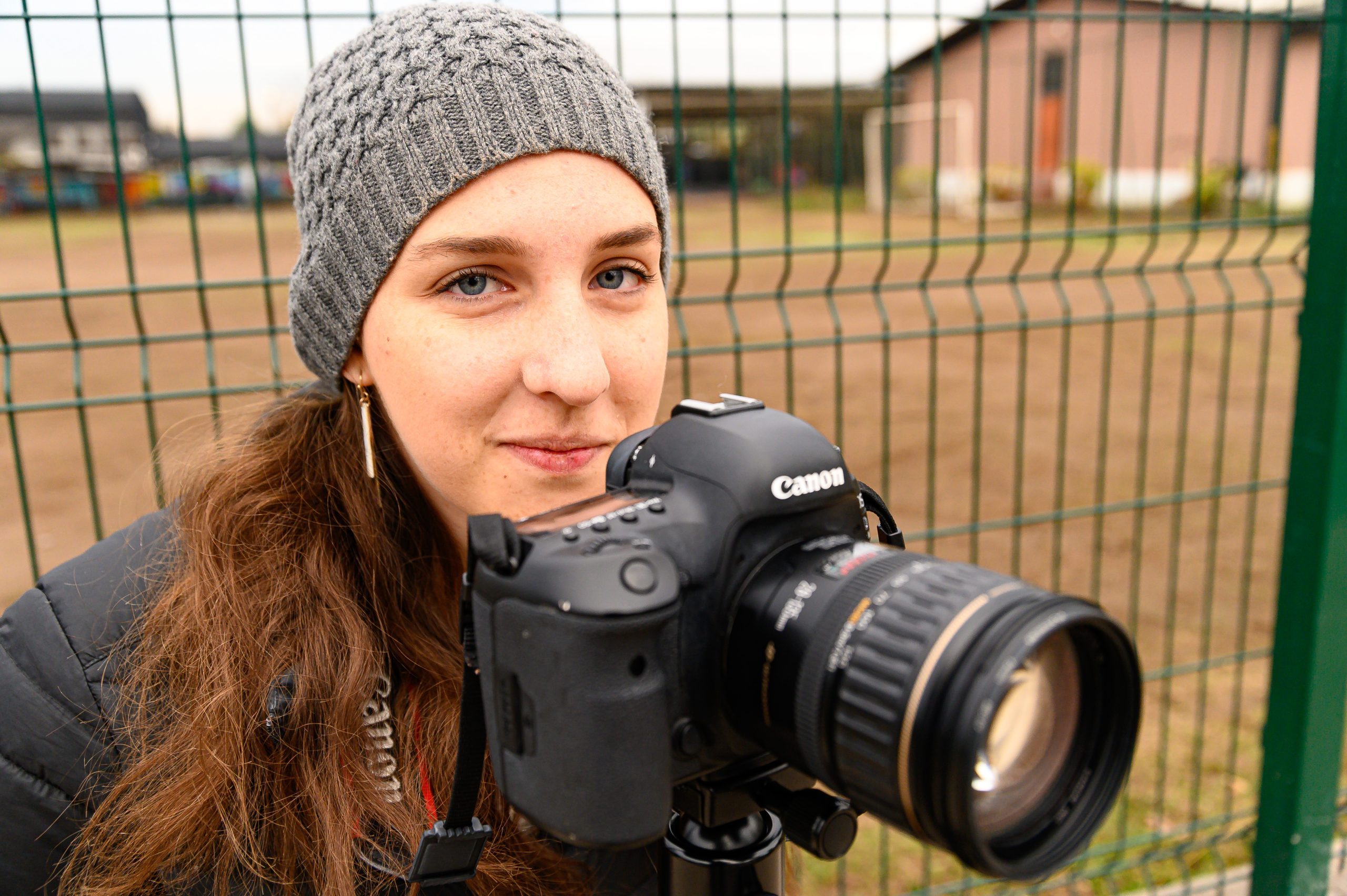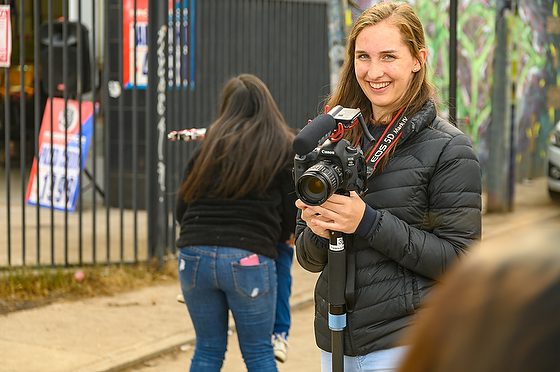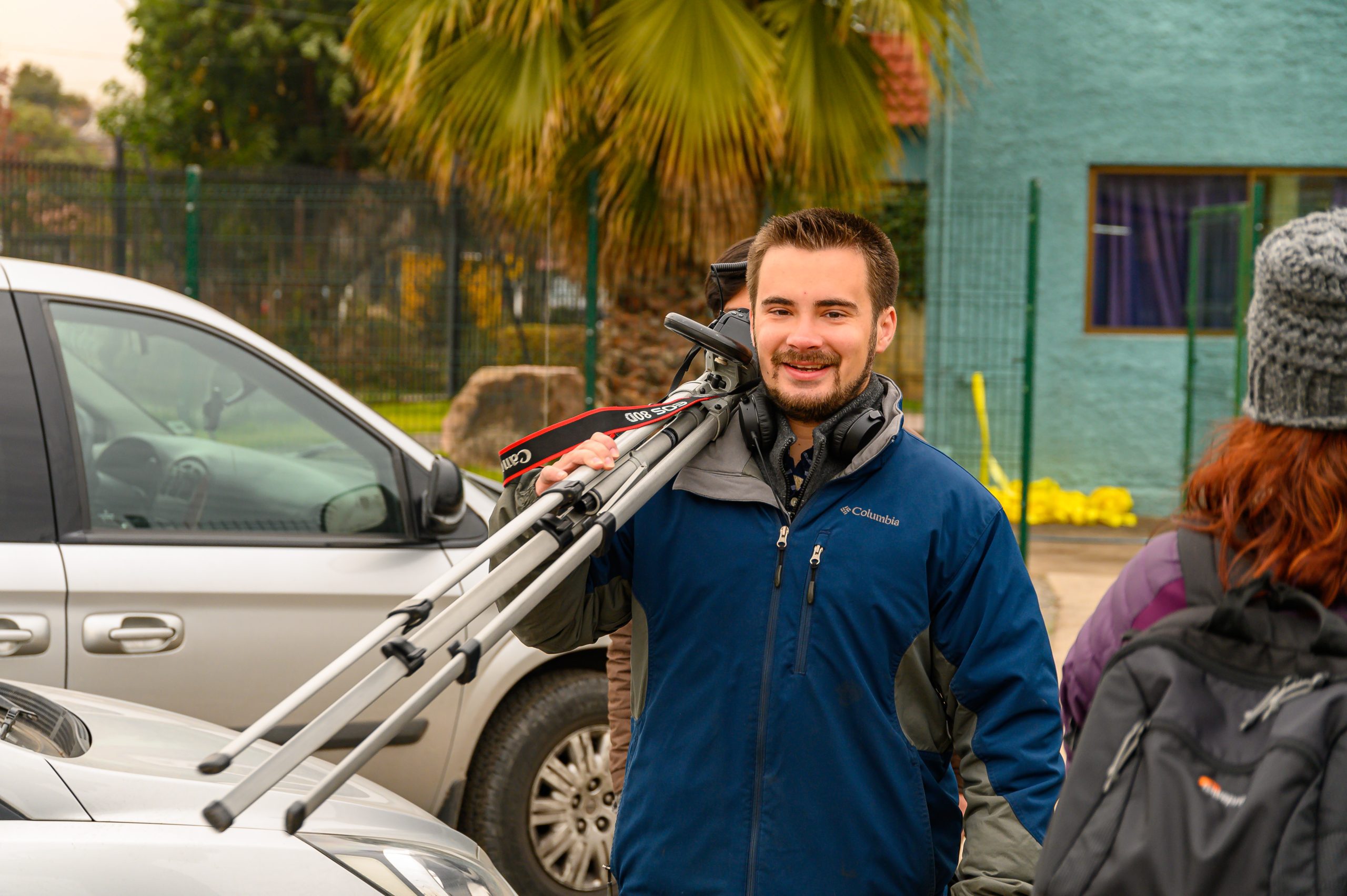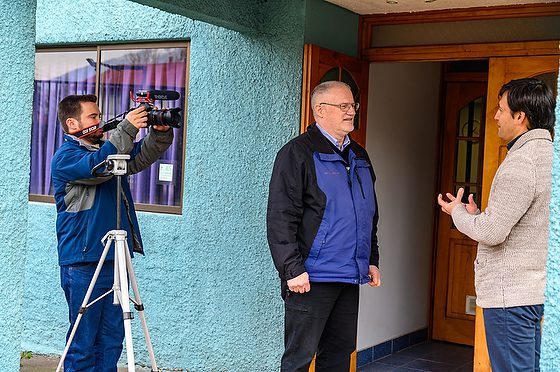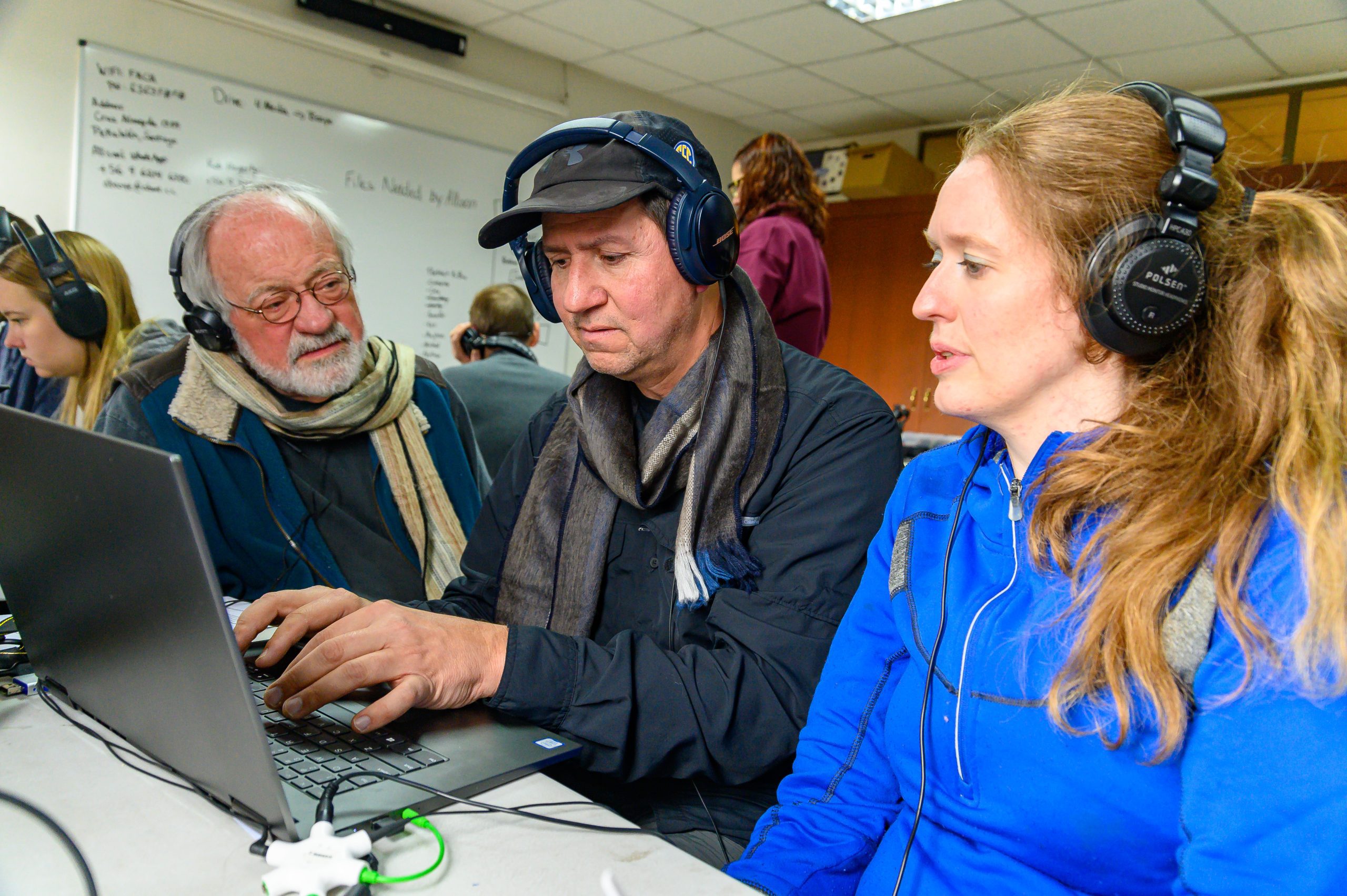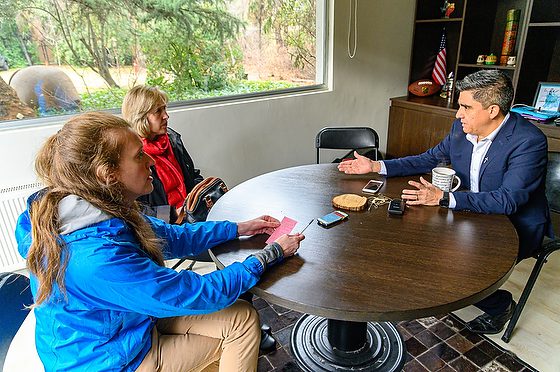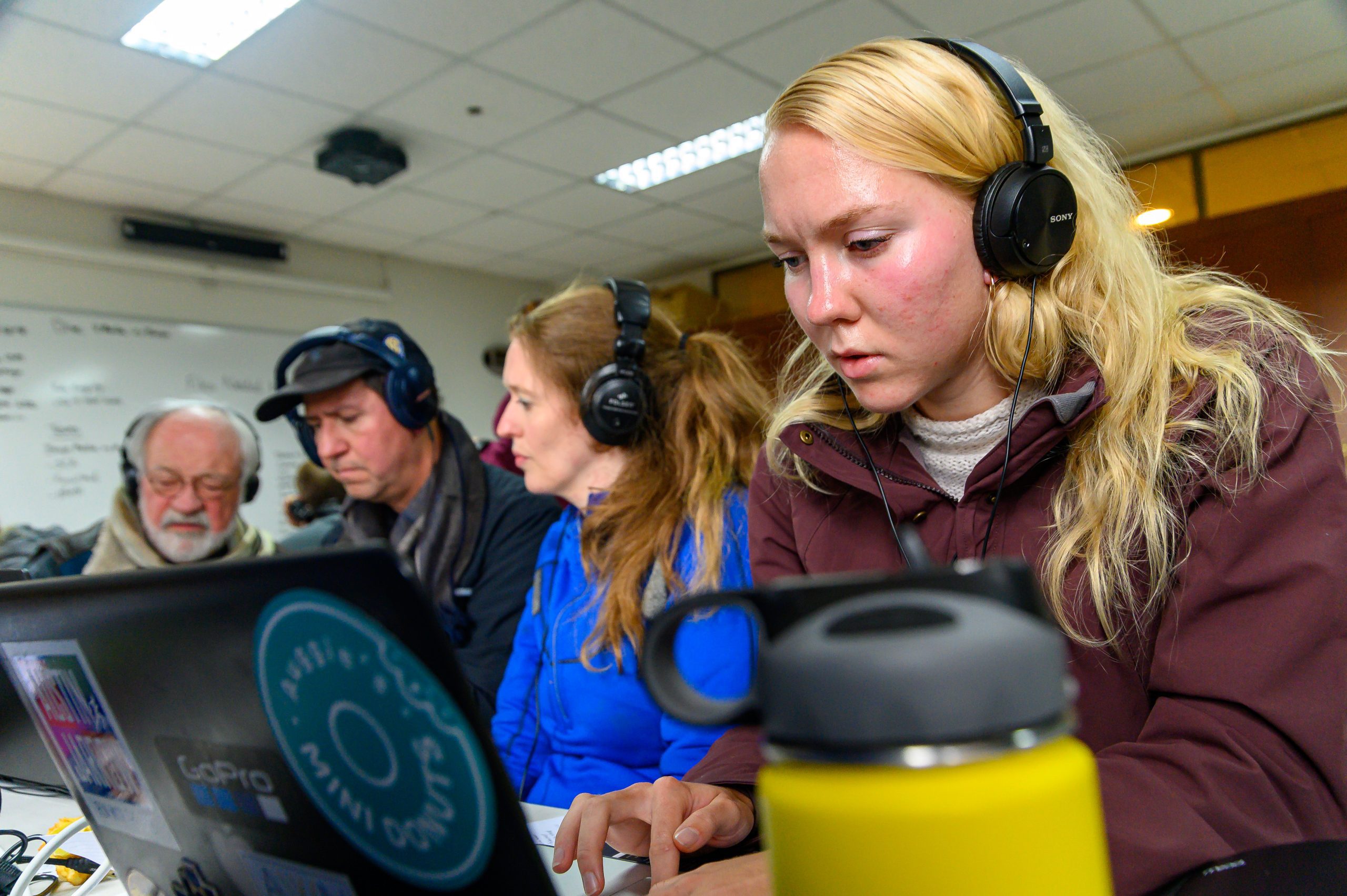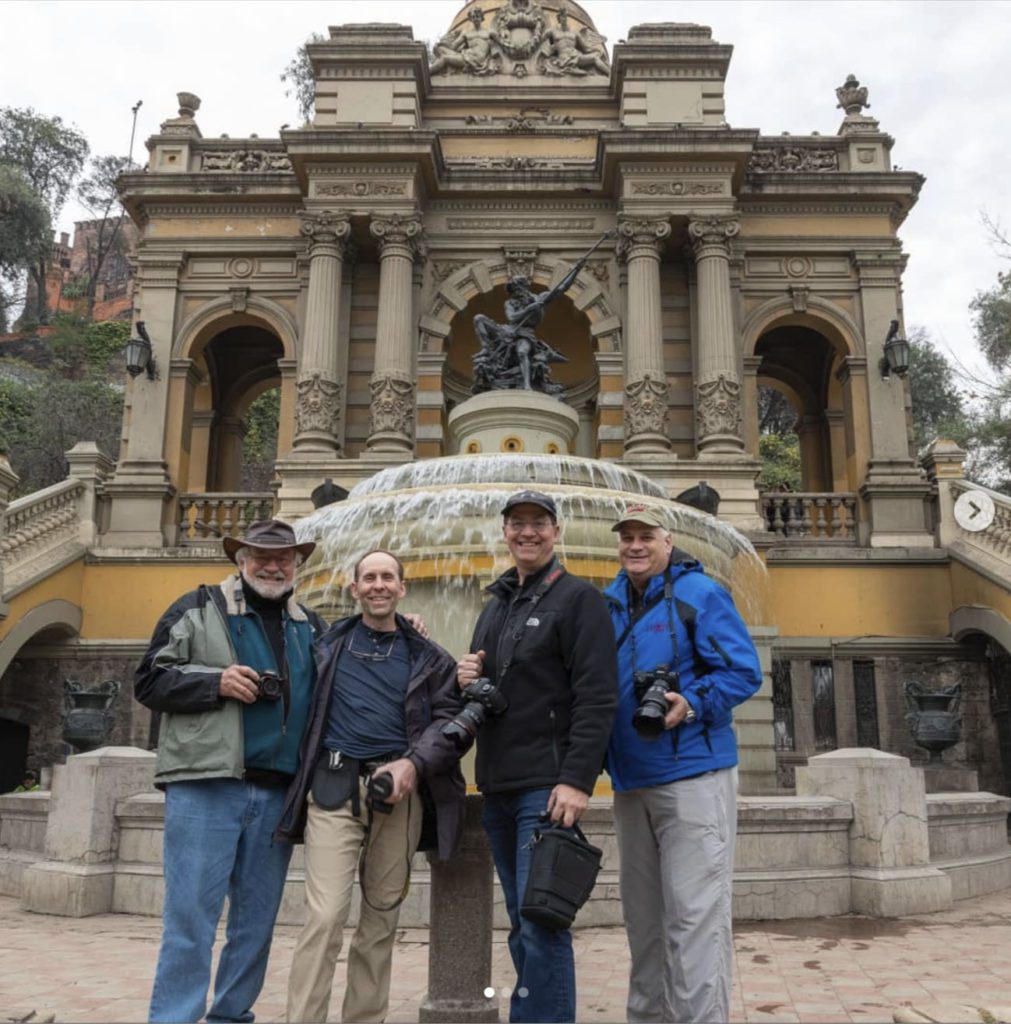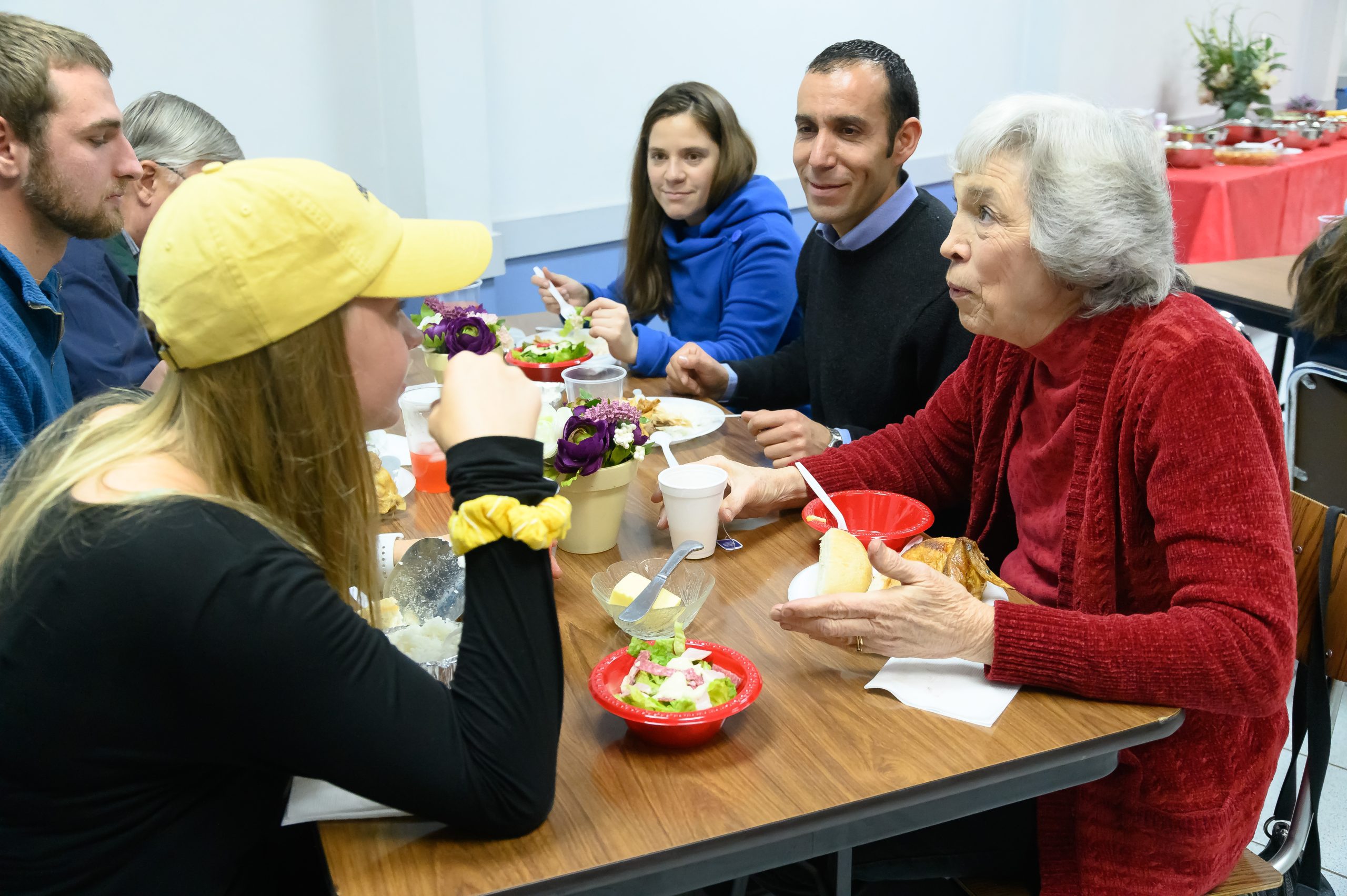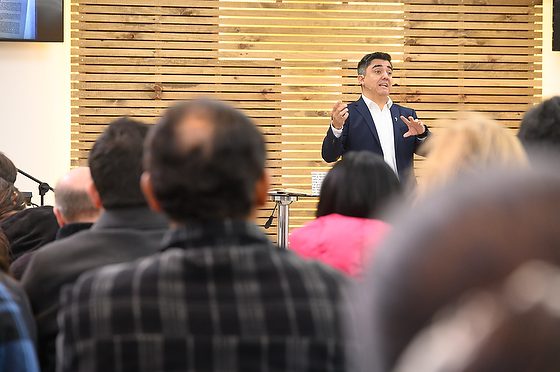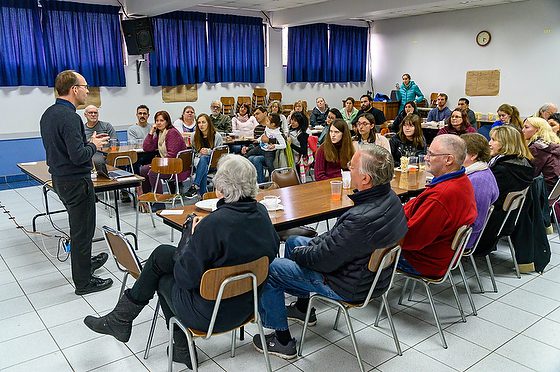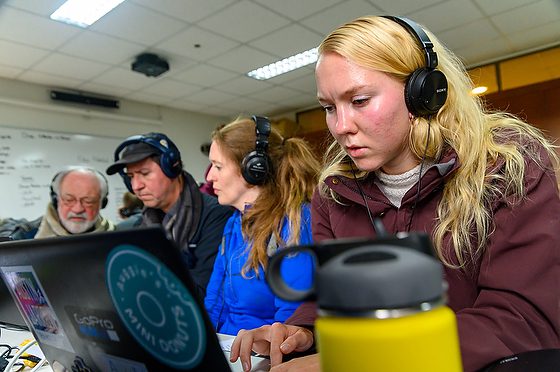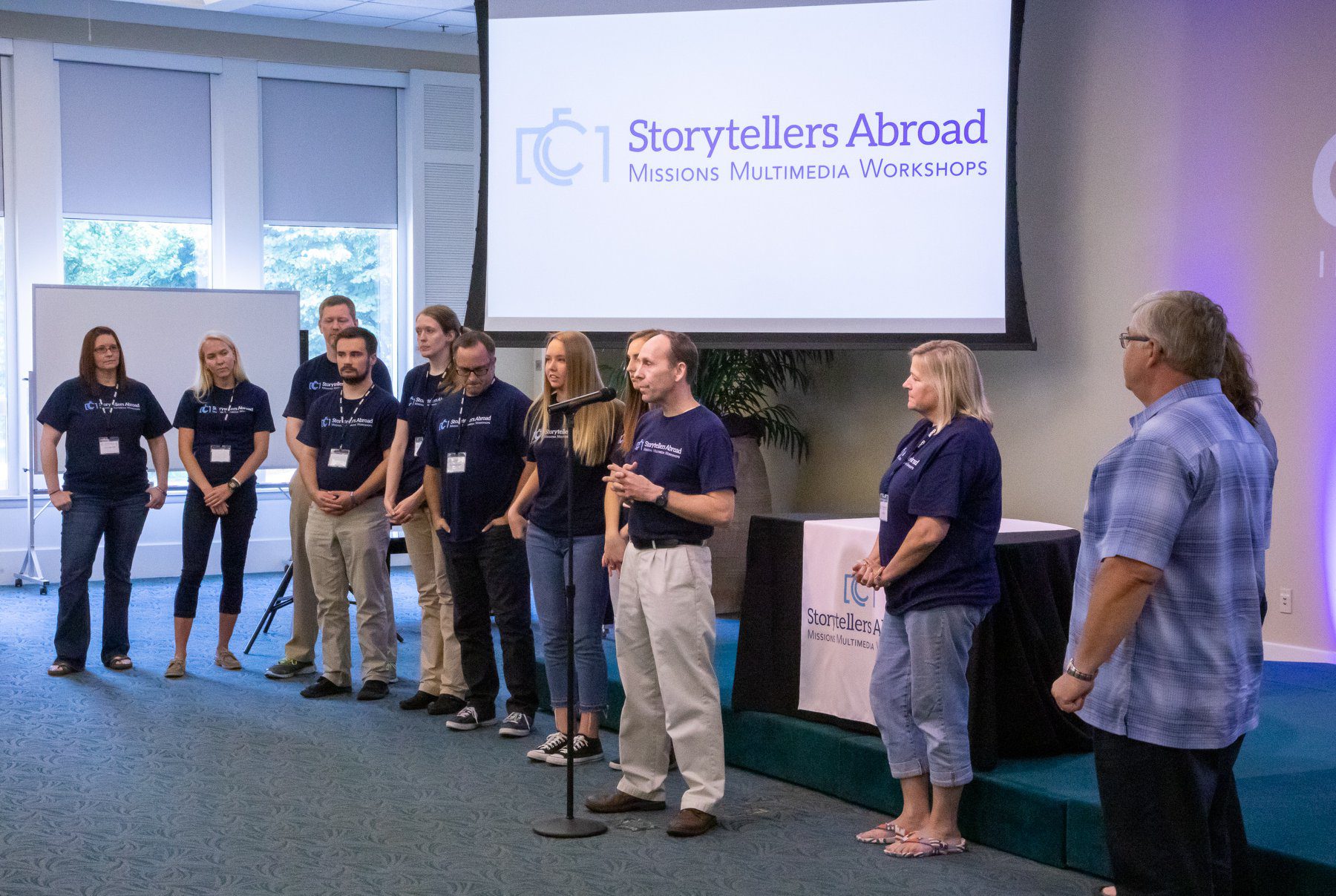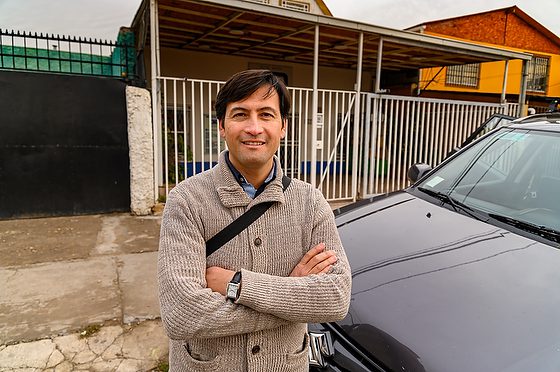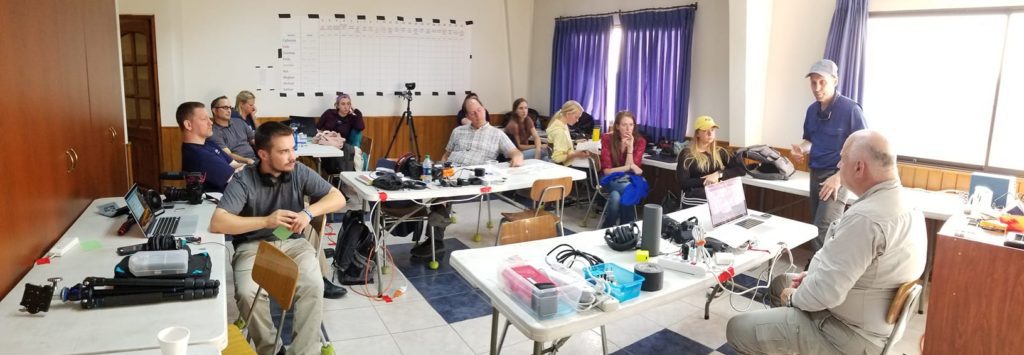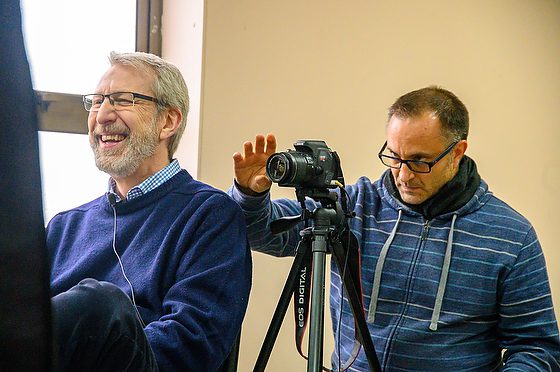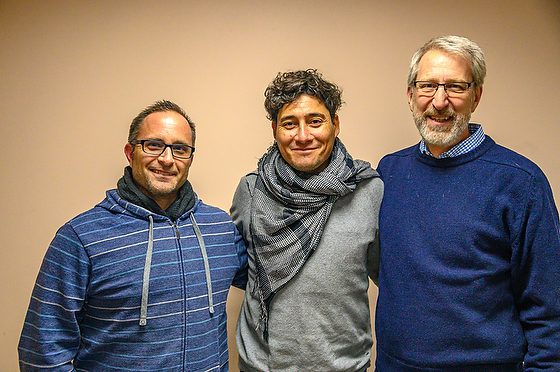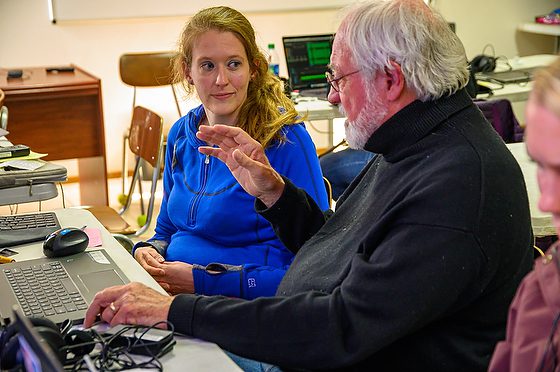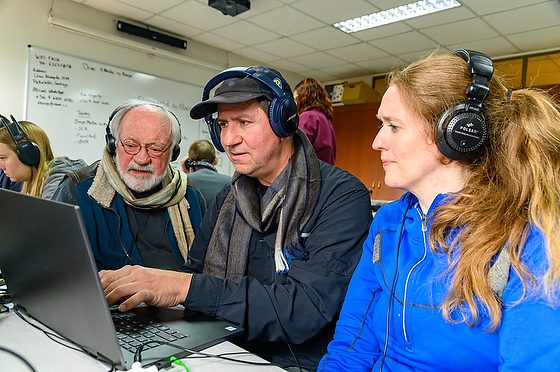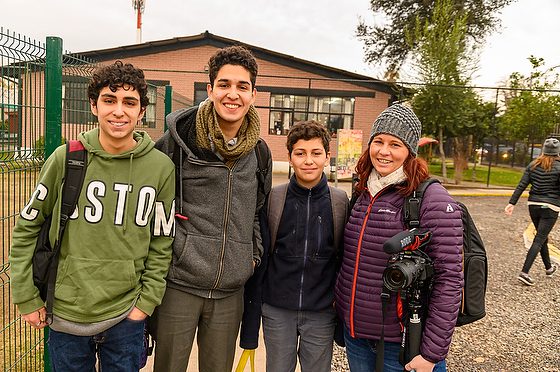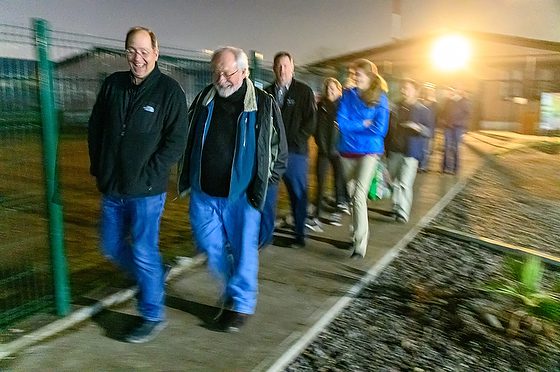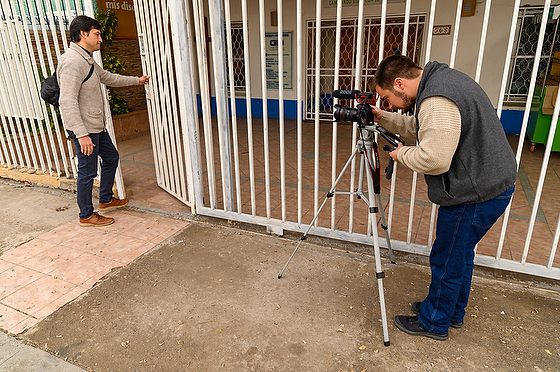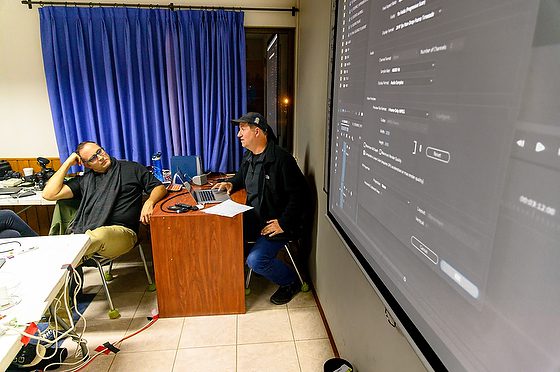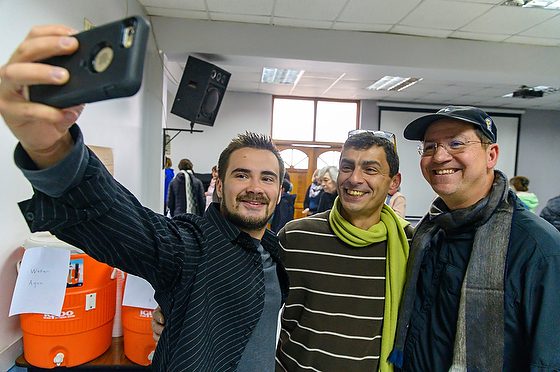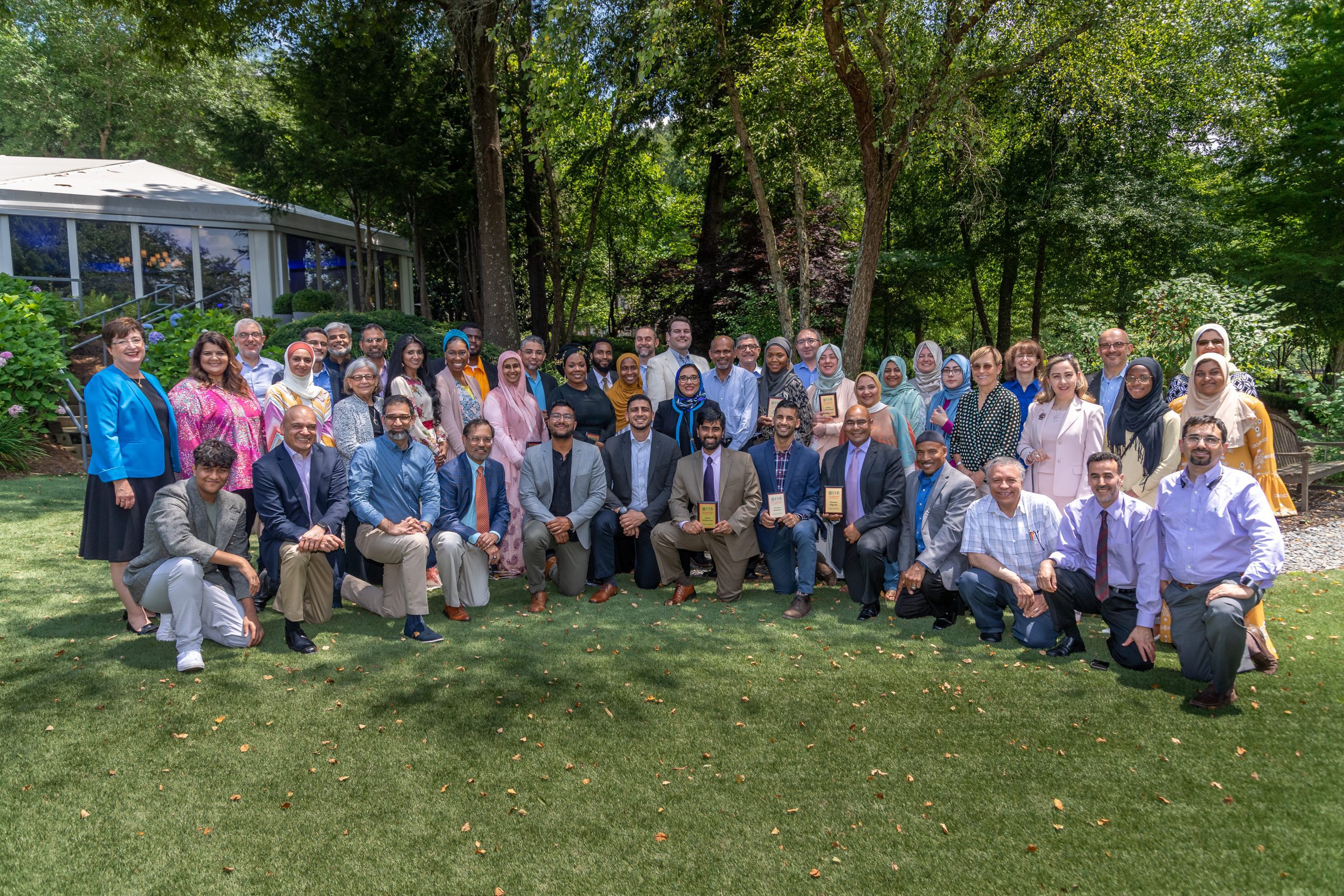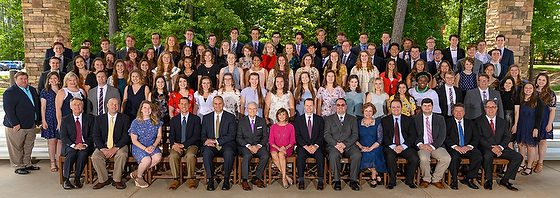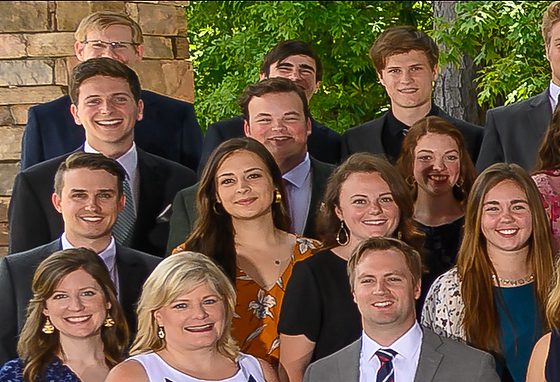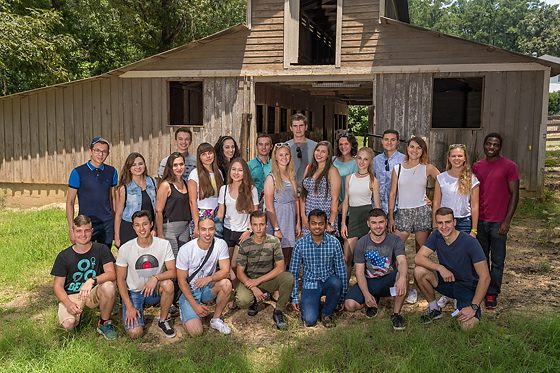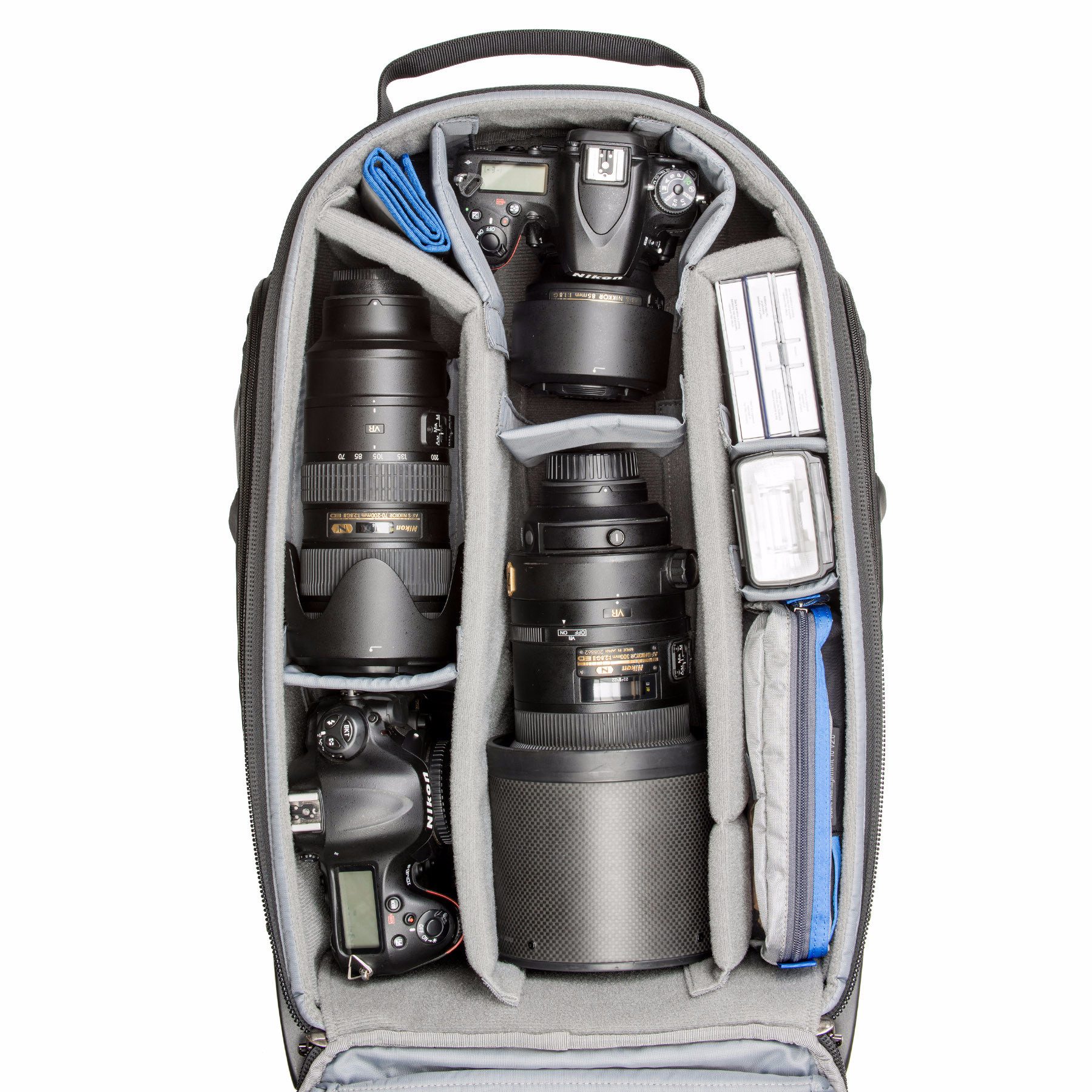[NIKON Z 6, Sigma 35.0 mm f/1.4, Mode = Aperture Priority, ISO 100, 1/200, ƒ/1.4, (35mm = 35)]
Many of us may feel like Joseph, son of Jacob & Rachel in the Bible. His story was made into a Broadway show Joseph and the Amazing Technicolor Dreamcoat.
Joseph repeated two of his dreams to his brothers, in which he was portrayed as ruling over them. In the first, the brothers were gathering wheat in the field, and the brothers’ bundles bowed to Joseph’s bundle. In the second, Joseph envisioned the sun, the moon, and eleven stars (symbolizing his parents and brothers) turning to him.
This prompted feelings of jealousy within his brothers.
You can read the story in Genesis 37 if you haven’t heard it before or need to review it.
While all those dreams would become a reality, they didn’t happen immediately.
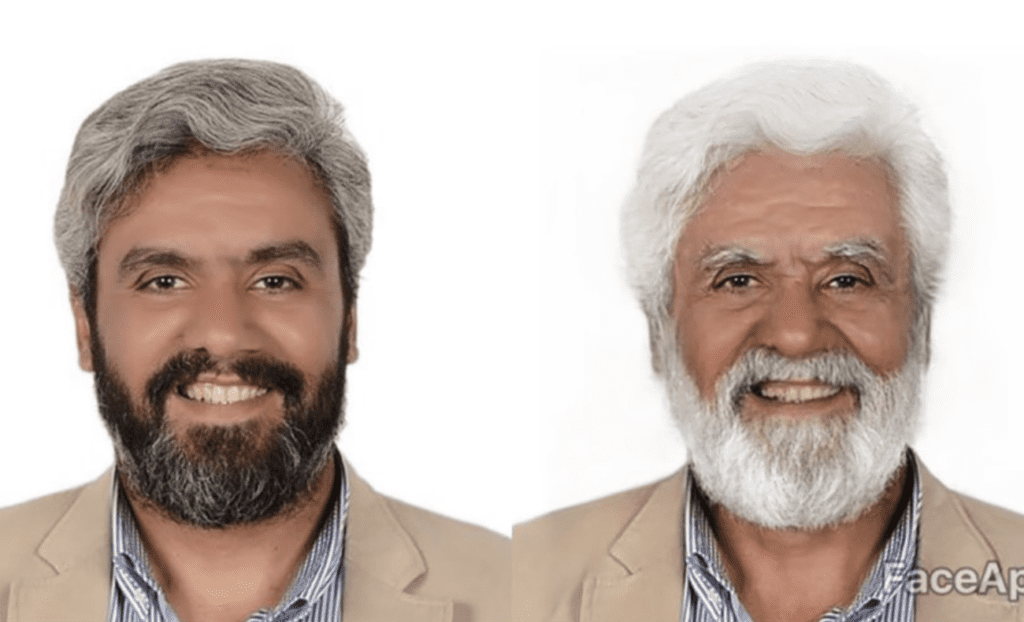
The FaceApp, which takes a photo of you and ages you, was popular this week. It was a quick way to see into the future. It wasn’t long before someone read the fine print and realized you might be giving your data to a foreign government like Russia.
Patience Young Grasshopper
“Patience, young grasshopper” comes from a 1970s TV show called “Kung Fu.” David Carradine played the role of Kwai Chang Caine, a half-American half Chinese character in the old west who had been trained as a Shaolin monk in China.
The opening line to every show was the Master telling David Carridine, “When you can snatch the pebble from my hand ‘Grasshopper,’ it will be time to go.” The show continued for years before he finally snatched the pebble out of his hand. This, in turn, produced the saying to a young person, or any person trying to learn something that would take more than a day or two to know, “patience, young grasshopper,” and it stuck all of these years.
Seeing the Prize vs Getting the Prize
Both Joseph and Kwai Chang Caine saw the prize. Joseph, through his dream, and Caine could see the pebble right before him.
I see all the time how I can help a client using my skills to help them attain their goals. So, why can’t they see how I can help them? I can save them money, time, and headaches if they let me.
Does that sound familiar? I think all my photographer, writer, and storyteller colleagues see daily with their clients how they could help, but the client is, for some reason, unwilling to let you do your thing.
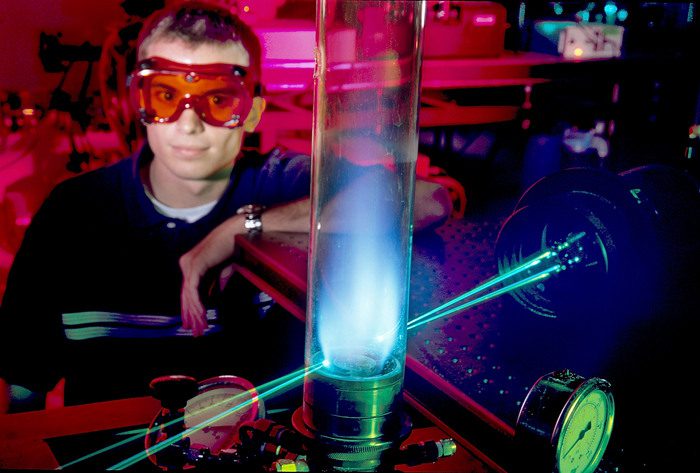
Getting 20/20 Vision
I have found that often when I look back over my career, that had I not had to wait to do what I thought I was ready to do, I would have missed out on some experiences that prepared me to do an even better job for the client.

[NIKON D100, Sigma 120-300mm ƒ/2.8, Mode = Manual, ISO 1600, 1/350, ƒ/2.8, (35mm = 247)]
Had I not lost my job with the International Mission Board, I couldn’t have then worked for Georgia Tech. I wouldn’t have gone back to school for my master’s in communication.

Without the master’s degree, I wouldn’t have been able to be an adjunct professor teaching photojournalism at the Grady College of Journalism and Mass Communication at The University of Georgia this past year.
My skills were limited when I started working at the Hickory Daily Record in 1984. When I went to the International Mission Board, I didn’t have things in my portfolio that said send Stanley to cover that story.
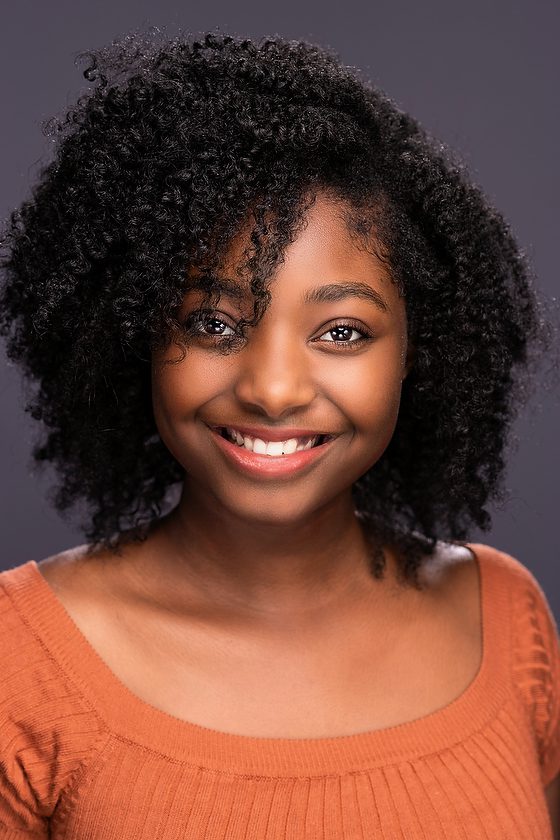
While working on my master’s degree, I had to work full-time to pay the bills. I was one of the first photographers hired with a new concept Glamour Shots. That was before PhotoShop days. I learned so much about posing and working with people to do headshots.
Going After What You Want vs. Letting Things Come To You
You do need to set goals. Going to college, for instance, is necessary for many jobs. It would help if you went after that goal to get the job you want.
Then there comes that point where even if you’ve done everything in your power to make it so; you discover you can’t make it happen. This is where the letting things come to you part enters the conversation. At a certain point, we need to release control. Loosen our grip. Allow things to unfold. Please give it up to a higher power, the universe, whatever. For me, I pray about it and give it to God.
I believe what you need comes to you at the right time, even if you don’t quite understand it. My faith has taught me that God is in control.
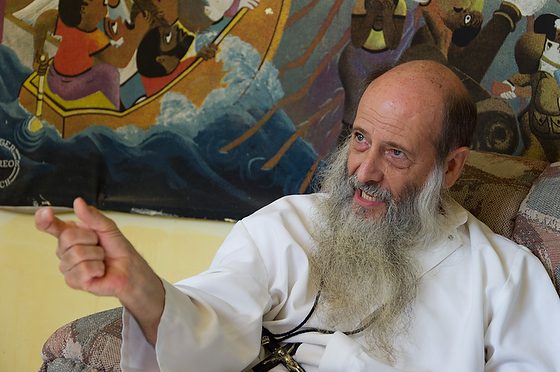
I am learning that you need to let some things happen organically. This is where when a client brings up something; you are ready to speak. It also means that you back off after speaking.
One of the best things I have learned is that Great Ideas also require the right season. Putting seeds in the ground is a great idea to grow something. However, it has to happen at the right time of year, or they never will develop into anything. They actually can die.
Another thing I have learned is that if you plant grass seed in the late fall, it will grow in the spring. If you plant it early or later, the grass will not burst from the soil until the conditions are right. The right temperature, sunlight, and water.
Prayer for Anxiety/Patience
Father, sometimes the wait is long, and impatience gets the better of me. Forgive me and grant me the patience to await your blessings upon my life and not question your power.

